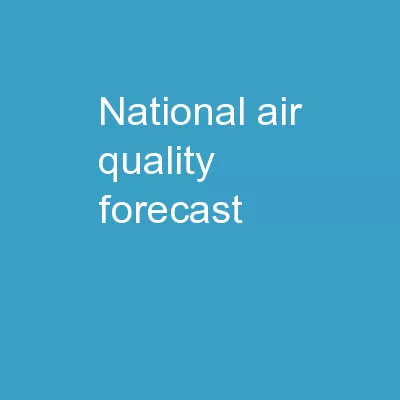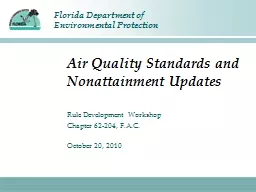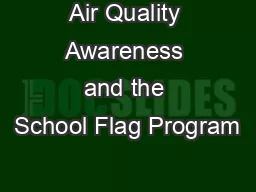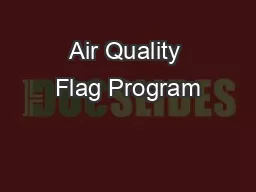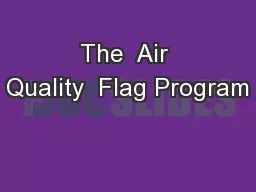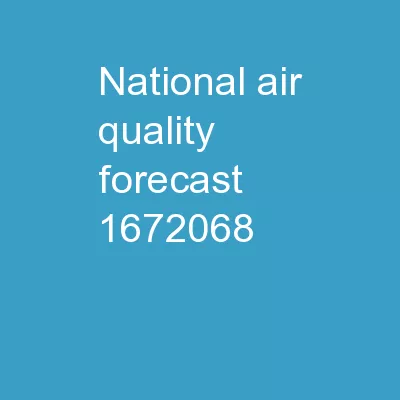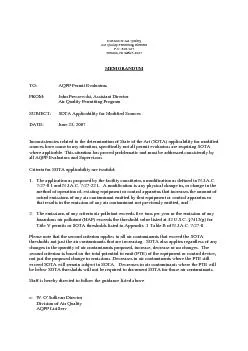PPT-National Air Quality Forecast
Author : cheryl-pisano | Published Date : 2018-12-30
Capability Updates to Operational CMAQ PM25 P redictions and Ozone Predictions Operational Readiness Review January 21 2016 2 Background Ongoing implementation
Presentation Embed Code
Download Presentation
Download Presentation The PPT/PDF document "National Air Quality Forecast" is the property of its rightful owner. Permission is granted to download and print the materials on this website for personal, non-commercial use only, and to display it on your personal computer provided you do not modify the materials and that you retain all copyright notices contained in the materials. By downloading content from our website, you accept the terms of this agreement.
National Air Quality Forecast: Transcript
Download Rules Of Document
"National Air Quality Forecast"The content belongs to its owner. You may download and print it for personal use, without modification, and keep all copyright notices. By downloading, you agree to these terms.
Related Documents

